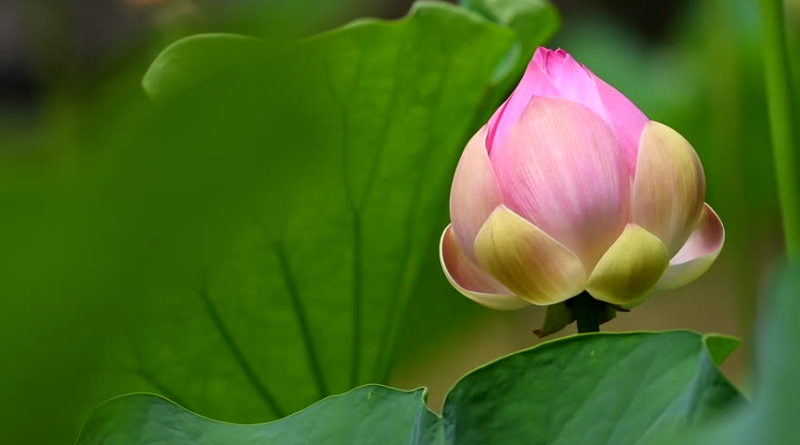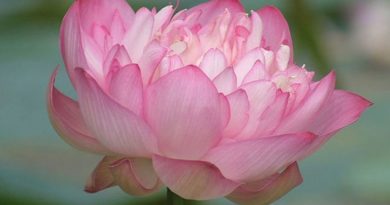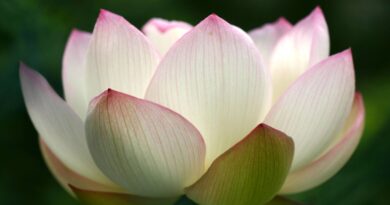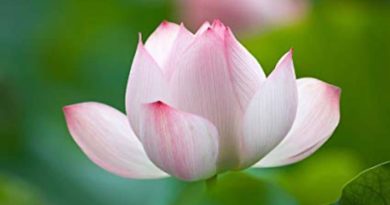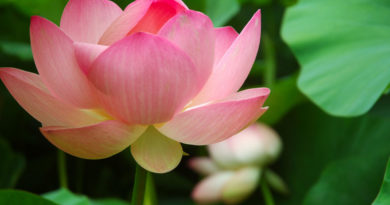SASANA ABROAD – 2. THE BENEFITS OF VIPASSANA CONTEMPLATION
SASANA ABROAD
THE BENEFITS OF VIPASSANA CONTEMPLATION
The satipatthana vipassana contemplation is the most beneficial practice. The satipatthana vipassana practice gives two beneficial results, although one performs just one action contemplation. While practising satipatthana vipassana, each and every noting eradicates impurities such as lobha, dosa and moha which lead one to apaya. Moreover, each and every noting strengthens the concentration which results in the attainment of nibbana. In other words each and every noting in the satipatthana vipassana practice, closes the door to apaya and at the same time, gets closer to Nibbana. In this way, satipatthana vipassana contemplation is the most beneficial practice. How ever, at the beginning, the benefits are not so evident. Nevertheless at the middle and later stages of the practice they become apparent. The benefits at the beginning of the practice can be vividly perceived by mathematical calculation.
A meditator can make at least one noting per second. When he meditates for a minute, he has performed sixty notings and so in an hour, thirty six hundreds notings. All these notings are meritorious deeds which send one to Nibbana. With each noting. the chance for the development of greed and craving is eliminated. Thereupon, there is no clinging which in turn eradicates kamma. When there is no kamma there is no conditioning of the process of becoming. Hence, no sufferings due to old age, death, sorrow, pain, grief, despair, and lamentation. In this way all sufferings of whatsoever nature, are extinguished. The extinction of thirty-six hundreds processes of becoming and all sufferings, by one hour practice of satipatthana vipassana, in fact, is the benefit of the satipatthana vipassana contemplation.
At the end of the dhamma talk, one Ceylonese lady of London asked Sayadaw whether the dhamma on the extinction of thirty-six hundred processes of becoming and all sufferings were mentioned in the Sutta Pitaka or the Abhidhamma Pitaka. Sayadaw answered at once, “There is no direct mentioning of the extinction of all sufferings either in the Sutta Pitaka or in the Abhidhamma Pitaka. However, according to the Dependent Origination Law of causality, there is no resultant when the cause extincts, therefore thirty-six hundred processes of becoming, also extinct. That is the reason why Sayadaw said that the extinction of thirty-six hundred processes of becoming, is the benefit of the satipatthana vipassana contemplation.
Another Ceylonese gentleman of London, also put a question;”Can the Nama-rupa pariceheda Nana. and Paecaya pariggaha Nana attained in the present life, be re-attained in the next existence?”
Answer: “The vipassana wisdom attained by practising vipassana meditation in this life cannot be re-attained in the next existence. However, if one practises the correct method of vipassana meditating in the next existences, it is possible to attain the vipassana wisdom. On the other hand, if one has attained Magga and Phala Nana in this life, he will re-attain them in the next existence”

